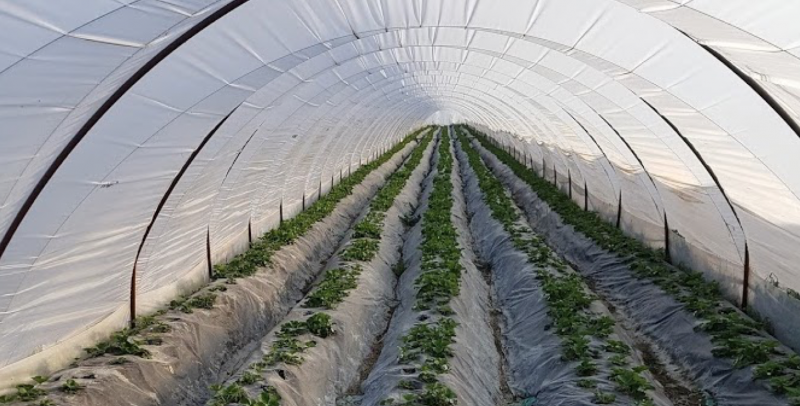Implementing Murabaha Financing in a Religiously Diverse Country (Albania)
The Challenge
Albania derives around 60% of GDP from services, 21 % from agriculture, and 19% from industry (2008). However, agriculture accounts for nearly 59% of the working labor force. Rural areas accommodate nearly 50% of the total population, most of which earns its living from subsistence farming.
Albania's enterprise sector consists almost exclusively of micro (97%) and small enterprises (2%) (MSEs), which account for around 99% of total businesses, in the expanding private sector. These microenterprises finance themselves almost exclusively with retained earnings or funds obtained from sources, such as family and friends, or loans from the informal financial sector, which has limited their expansion and growth.
The lack of growth of micro firms and high concentration of labor force in subsistence agriculture has led to high poverty rates in the country. According to UNHDR, 2009 report nearly 25.4% of the population of Albania lived below the poverty line; approximately 3-5% (depending on the source) of which lives in extreme poverty. Albania also experiences significant problems of regional disparity. Poverty is highest in the North-Eastern mountainous districts, rural areas, among the groups for which agriculture is the main source of income, particularly women.


Active Solutions
The poverty reduction strategy, known as the National Strategy on Social and Economic Development (NSSED), emphasizes the need for inclusive economic growth, which aims at mobilizing productive resources in areas with a high incidence of poverty.
The strategy emphasizes that this will be achieved through the promotion of microcredit schemes, and development of micro and small enterprises. The National Strategy for Development & Integration (NSDI), 2008 recognizes the lack of opportunities available to women. It emphasizes the need to strengthen the economic position of women through increased number of women entrepreneurs, by offering more opportunities for access to credit in rural areas.
Objectives
lsDB Country Programming Mission visited Albania in March 2007 and identified with the GOA the need for microfinance facilities to support poverty reduction efforts of the Government as well as rural/agricultural development.
In line with the Islamic Development Bank's (lsDB) & Islamic Solidarity Fund for Development (ISFD) priorities and poverty alleviation strategy, the microfinance project for Albania was included in the lsDB Work Program for 1431H. The Ministry of Finance provided a letter of support to the project dated June 27th 2010. Thereafter, lsDB project team visited the country in July 201 O to appraise the project.
Outcomes
The project successfully provided access to affordable and inclusive sources of microfinance funding targeting impoverished segments of the population (particularly women) working in the agricultural sector in mainly rural mountainous and poor urban pockets of Albania.
The project also complements the poverty alleviation strategy of the government targeting remote and marginalized districts/poverty pockets and will support financially and socially viable microfinance institutions and funds.
- 4500 jobs created as a result of access to Shariah compliant microcredit. The expected for outcome of 10,000 clients is expected to be reached in 3 years.
- Training for all staff in headquarters and in the branches have been conducted.
- 1209 clients gain access to Shariah compliant microcredit. The expected for outcome of 2500 clients is expected to be reached in 3 years.
- MFI is able to maintain repayment rate despite removing the requirement for immovable collaterals. This has led to improved business opportunity while protecting credit risks.